The fender connects to the vehicle body
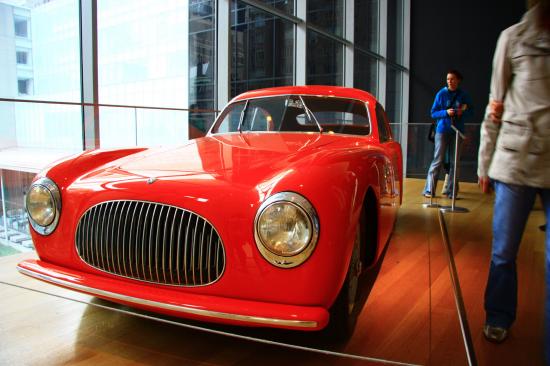
Opening the revolution in fender design is the 202 model of the Italian company Cisitalia. The company introduced the 202 in 1946. The model eliminated the fender arches and vertical radiator, integrating the fenders into the body with a seamless shape. Doing so improves aerodynamics, reduces vibrations and road noise and sets the design pattern for the modern car. Cisitalia 202 was voted one of the most beautiful Italian cars of that period.
Power system
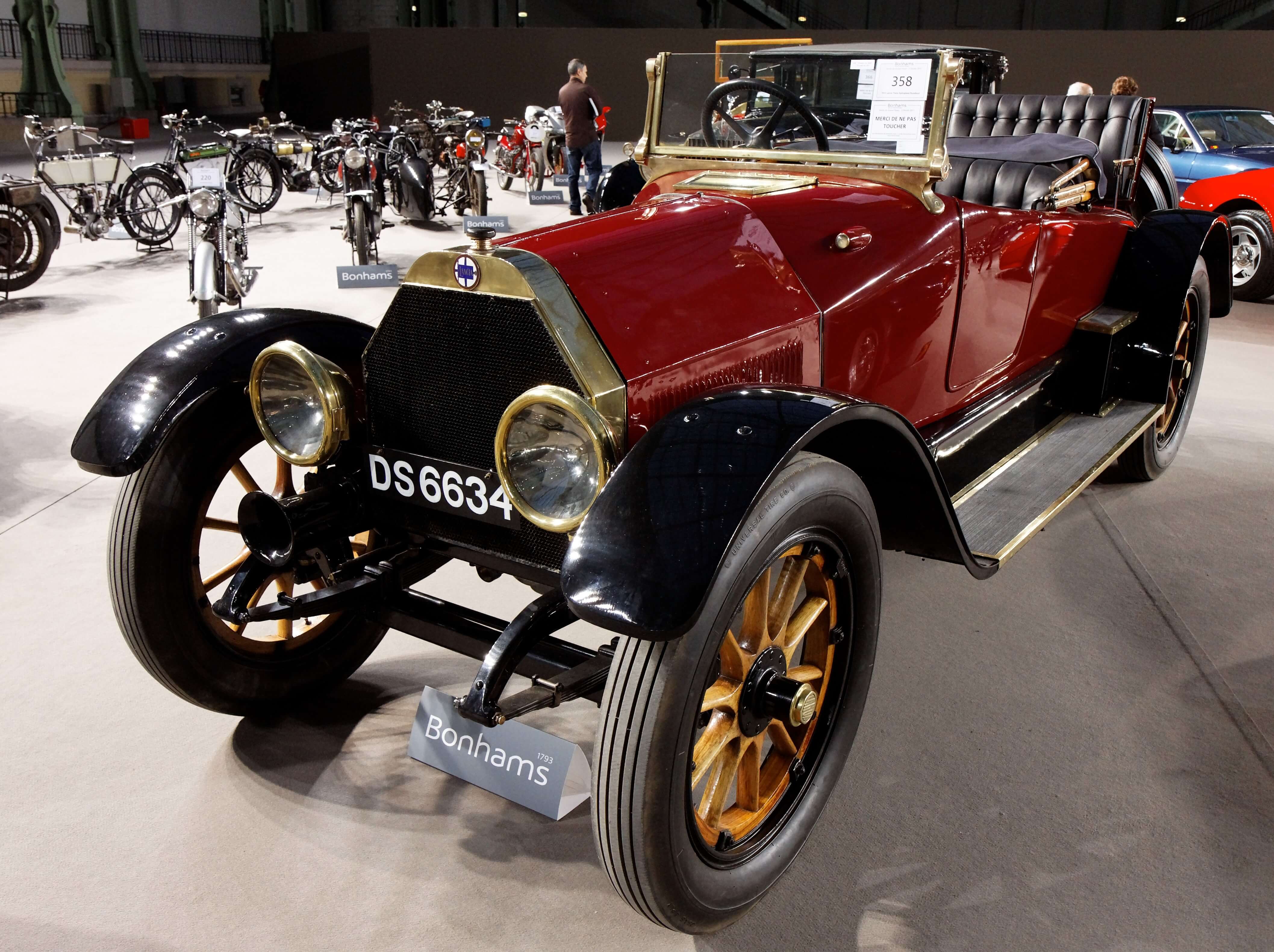
The first car with a modern electrical system was the Lancia Theta of 1913. It featured electric starting and electric lighting. Since then, cars with electrical systems have been gradually developed. Until electronic fuel injection systems appeared in the 60s and were developed by Bosch. With precise fuel measurements that work in all conditions, they created well-tuned carburetors shaped like fire hoses. Electronic controllers and sensors can monitor engine performance and make real-time adjustments, improving efficiency.
Front engine, front wheel drive
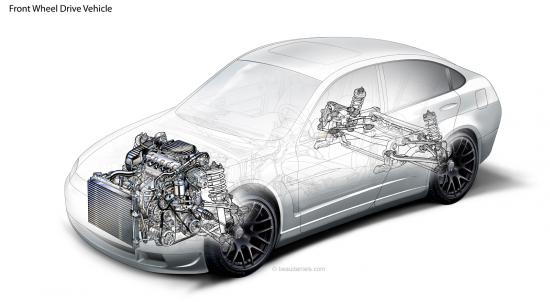
This is the basis of nearly every new car on the road today. Early engineers at Citroën, Saab and DKW realized that placing the engine and transmission towards the front wheels could maximize interior volume and improve traction.
Simply put, engine power is transmitted to the two front wheels to move the vehicle. The FWD front-wheel drive system is the most popular and popular drive type on the market because of its simple and neat layout, helping to save fuel and increase the vehicle’s interior space. In addition, the weight of the engine and transmission is concentrated on the front drive wheel, so the car will have good traction.
Deformable area
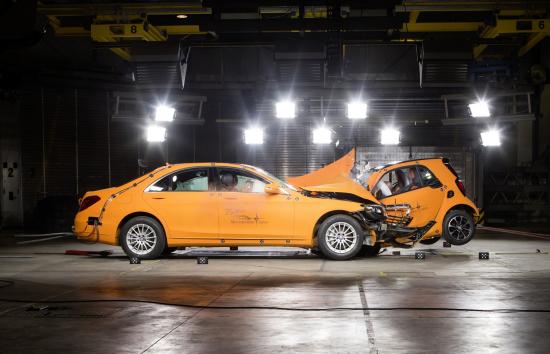
A safety feature is not only taken for granted, but is also nearly invisible to vehicle occupants until it saves their lives. Deformable zones originated in the 1950s.
First, the easily deformed body of a modern car is the vehicle’s first layer of protection. It will deform, break, and even fall completely into the frame of the vehicle, looking very catastrophic, but it does its job well, which is to absorb the impact force, reducing the impact force on the vehicle frame and the person. sit inside the car.
This body shell is carefully calculated, so that if a pedestrian (pedestrian, bicycle or motorbike) is hit, they will have the body shell absorb the impact force, reducing casualties as much as possible. This causes in many accidents with pedestrians or bicycles, the bonnet may be dented and deformed, but in return the victim still preserves his life, or is even unharmed.
Tempered steel
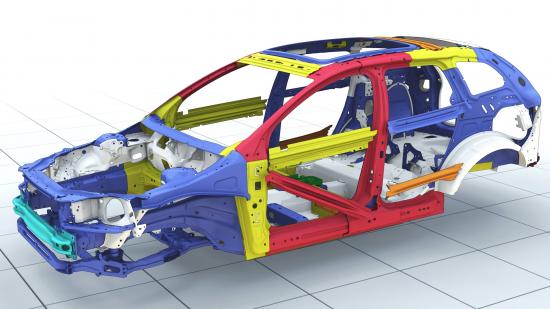
Deformable areas and safety features are nothing if they are not supported by the solid foundation itself: the vehicle’s metal frames. Advances in metallurgy have given automakers special blends of high-strength steels that are easy to stamp and weld, resistant to corrosion, fire or impact, and weigh less while retaining strength. durable.
Hybrid electric drive system
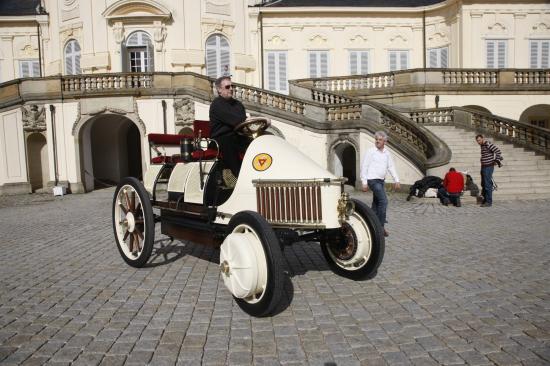
A hybrid engine is a combination of a conventional internal combustion engine with an electric motor using battery power. The electronic control unit will decide when to use the electric motor, when to use the internal combustion engine, when to use synchronous operation and when to charge the battery for later use.
The first electric-hybrid car appeared around 1900: the 1901 Lohner-Porsche, one of the works of Ferdinand Porsche. The car uses a gasoline generator to provide power for two electric motors.
At that time, this invention was not of much interest to many people because the internal combustion engine was still quite cheap compared to an electric gasoline engine with the same output. After 70 years, when the oil crisis occurred, the issue of fuel economy received a lot of attention and this is the reason why hybrid engines were researched again.
GPS positioning
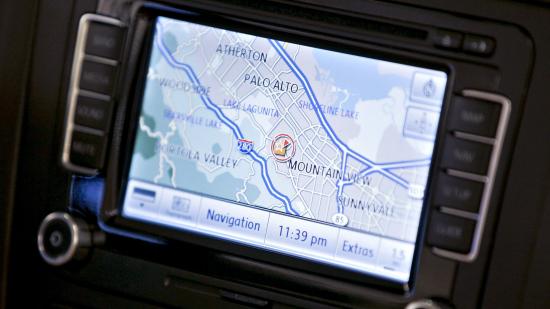
The first car GPS navigation system debuted in 1990, on the Eunos Cosmo produced by Mazda. Linked to satellites on an integrated touchscreen, it’s truly befitting of an exotic, rare, cutting-edge flagship. Since then, in-car navigation has become ubiquitous and center-mounted touchscreens have become the new normal.
Adaptive cruise control
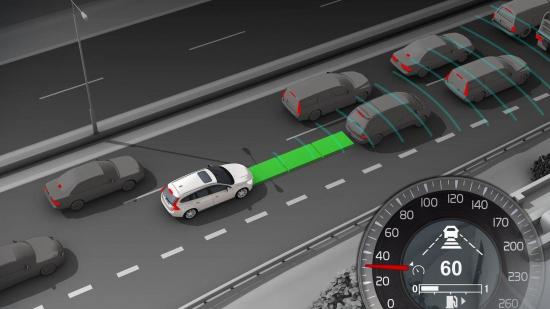
Radar-based guidance debuted in 1992 on a Japanese system that warns drivers of obstacles ahead. Since then, these distance sensing systems have gradually become smarter and more convenient.
Today’s adaptive cruise control automatically slows vehicles ahead, then accelerates again without any driver input. Linked to the car’s braking system, these systems can stop in an emergency. Some systems can even handle stop-and-go traffic, which is a great benefit for poor drivers.
Automatic transmission system (automatic transmission)
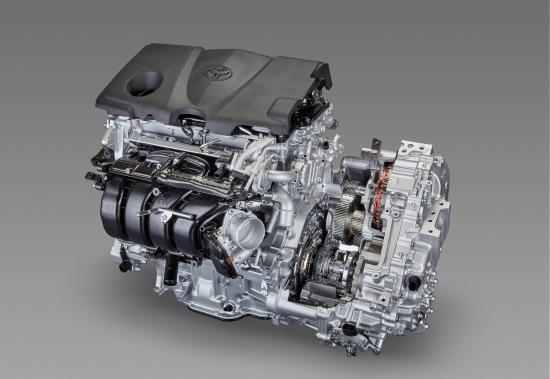
Early automatic transmissions were bulky, slow-shifting, power-hungry things that had 1-2 fewer gears than similar manual transmissions. By the 1990s, dual-clutch automatic transmissions of racing cars were gradually applied to commercial vehicles. Gearshift time is only measured in milliseconds. And instead of gears, the CVT gearbox uses a transmission belt with virtual gears, helping the car always operate at the correct gear ratio.
Today, about 98% of new cars sold in the US are equipped with automatic transmissions. New technologies help cars save more fuel and achieve much higher performance than before.
Active aerodynamic design
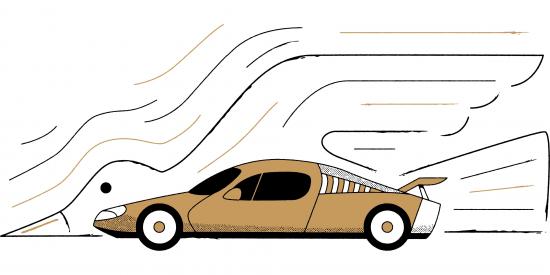
During the heyday of sports racing in the 1960s, racing teams began to target this completely new field of aerodynamics. Chaparral Racing driver Jim Hall was the first to use a spoiler with a adjustable, the car’s body provides pressure and even a fan that sucks the car to the ground. Since then, supercars have often fitted self-adjusting air splitters with the same purpose: to press the car to the ground.
Active aerodynamic design is now not limited to racing cars and supercars. Some modern cars have electronically activated shutters behind their grilles that can close above a certain speed, allowing air to pass through smoothly which also helps reduce fuel consumption and provides for a more enjoyable driving experience.